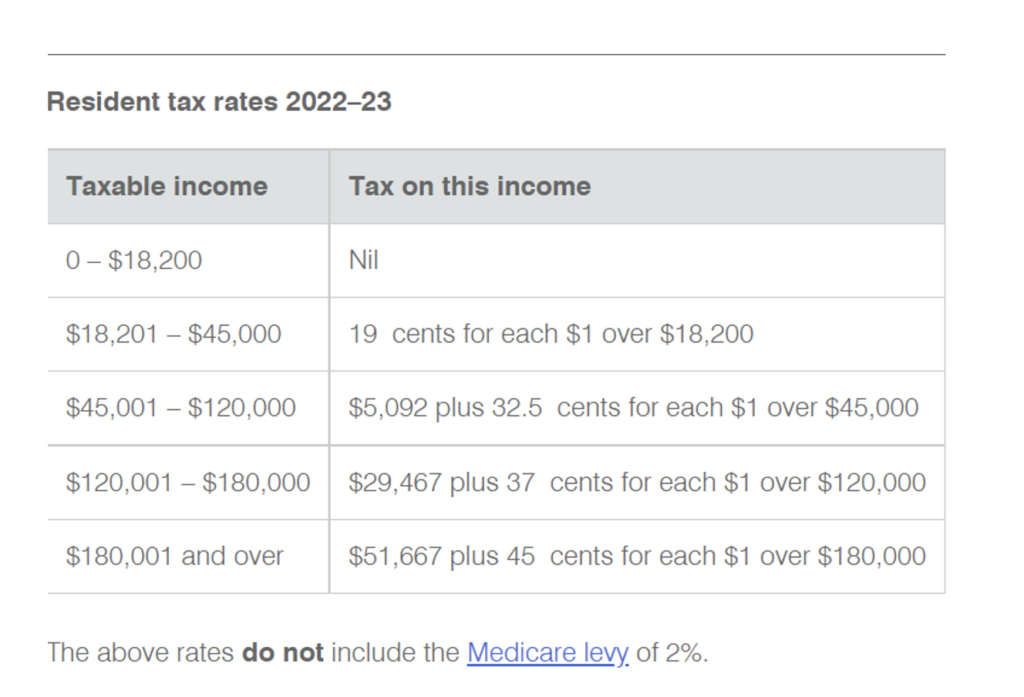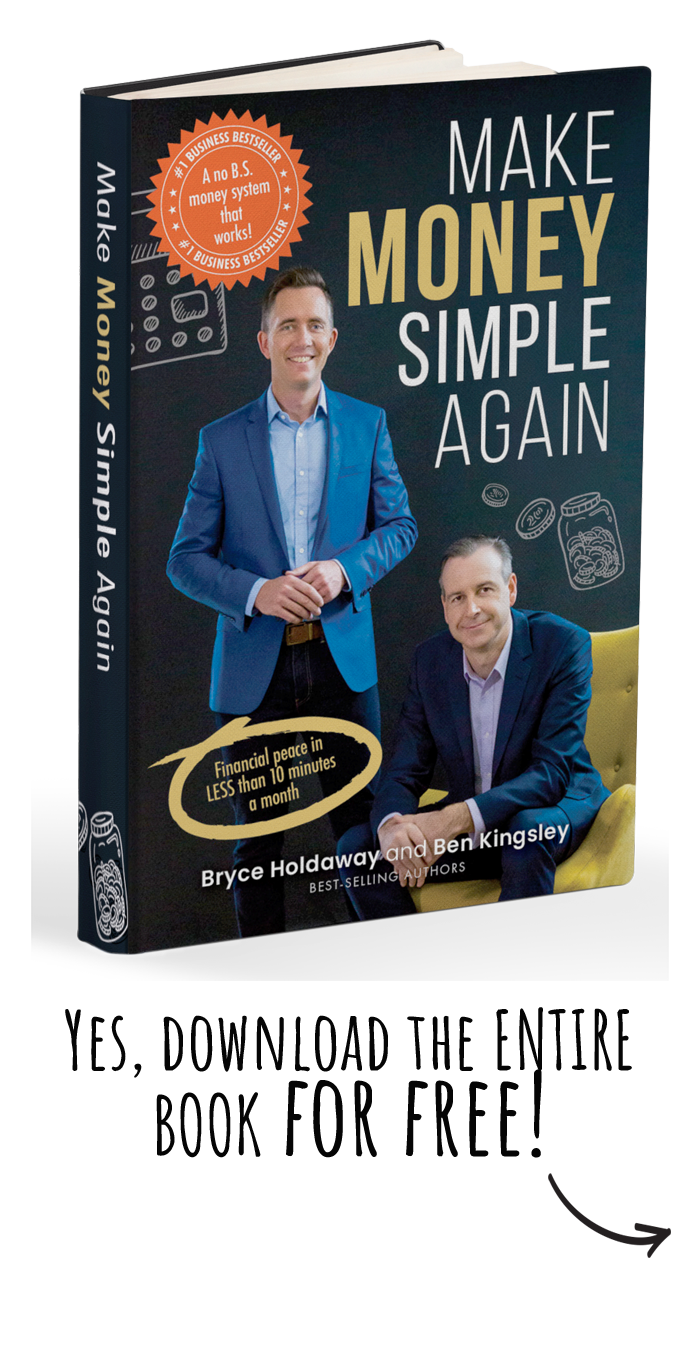In our first Bonus Episode for 2023, (that’s also the fourth episode from the Talking Property Tax with Julia series), Ben is deep diving into the latest tax updates from across Australia!
To help him, we’ve got Julia Hartman, Empower Wealth Chief Technical Advisor and Bantacs’ Founder 🧾👔📅 . Together they’ll be unpacking…
Changes to working from home Expense claims: What expenses can you now claim on your 2023 tax returns and how to navigate these changes while maximising your tax deductions.
CGT Affects Most of your Assets – even Gifting Jewellery! Yes, the newest changes to CGT mean even giving away items such as jewellery can now trigger this tax! We’re covering everything you need to know and how to reduce this tax liability.
Renting a room out to an International Student: With Australia expected to receive an influx of international students in the coming months as we find a new normal post-COVID, we’ll be covering considerations and gains from renting out a room to an international student.
2 Hectares: Changes to what’s considered your main residence and with it CGT concessions have changed. So how can you manage this new change?
And lastly, the New Windfall Tax in Victoria: Finally, we’ll discuss land ownership and the new windfall tax in Victoria. We’ll explain what this tax is and who it affects, as well as offer strategies for minimising your tax liability.
Tune in now for an informative and essential episode where we break down the latest tax updates to help you stay ahead of the curve.
Watch the video now:
Free Stuff Mentioned…
- Are you on the hunt for an expert tax accountant? Book a FREE consultation with one of our qualified tax accountants here >>
- Check out Julia’s Home Office 2023 Spreadsheets here >> (Please note: These are only free for Empower Wealth clients. If you are a client, please reach out to the Empower Wealth Tax Advisory Team, and they will be able to share that spreadsheet with you. For non-clients, please purchase it through the Bantacs website 😊
- For more excellent resources and book, check out Julia’s Blog >> or read the full articles below:
- See the previous Episodes here:
- Ep 1: The Top 5 Tax Rules Every Property Investor Must Understand
- Ep 2: (Part 1) Tax Planning Tips to Maximise your Returns
- Ep 2: (Part 2) Tax Planning Tips to Maximise your Returns
- Ep 3: Your Ultimate Guide To Reducing Tax on Vehicles, Private Insurance & Land
Here’s some of the gold we cover…
- 0:00 – Welcome to Ep 4 of Talking Property Tax with Julia!
- 2:43 – An Overview of Today’s Episode
- 3:48 – 1. Changes to WFH Expense Claims
- 11:11 – 2. CGT Affects Most of Your Assets – Even Jewellery
- 18:55 – 3. Renting a Room out to International Student?
- 23:23 – 4. Two Hectares
- 29:05 – 5. New Windfall Tax in Victoria
- 33:57 – Previous Episodes…
- 37:16 – Key Takeaways



